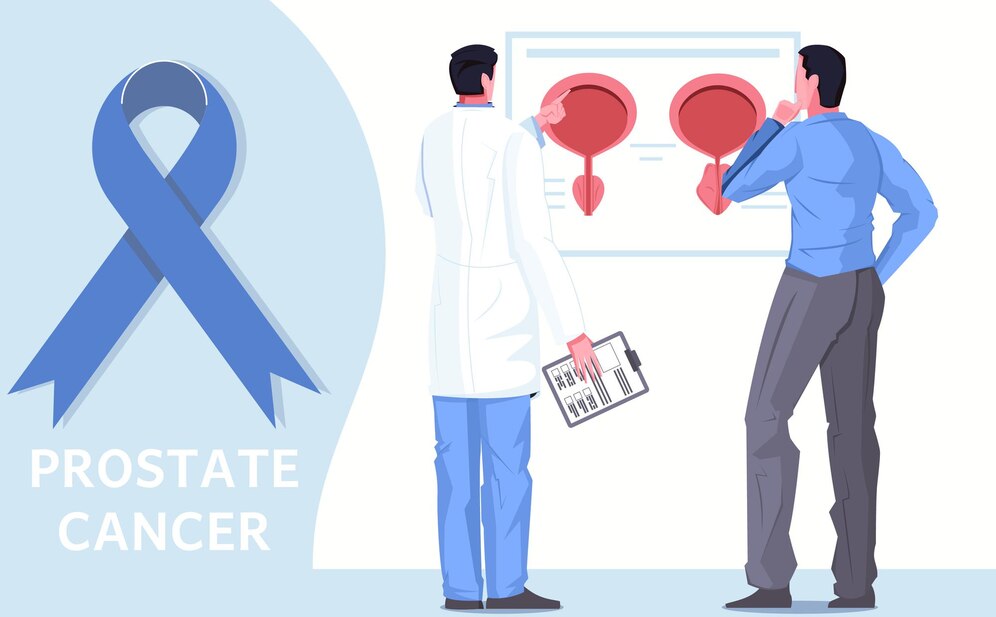Failing a drug test can feel like the end of the road for truck drivers, but it doesn’t have to be. The SAP (Substance Abuse Professional) program provides a structured path to recovery and getting back behind the wheel. Whether you’re a truck driver trying to understand this process or someone looking to support a driver through it, this guide will walk you through the details of the SAP program, its importance, and the steps required to return to duty successfully.
What Is the SAP Program?
The SAP program is a federally regulated process established by the Department of Transportation (DOT). It is designed for employees in safety-sensitive roles, like truck drivers, who have failed a drug or alcohol test. Failing such a test not only removes a driver from duty but also triggers a specific return-to-duty protocol.
The SAP program helps drivers assess their substance use, complete any recommended education or treatment, and demonstrate they are fit to return to safety-sensitive work. It emphasizes accountability, recovery, and adherence to DOT regulations.

Why Is the SAP Program Important for Truck Drivers?
Truck drivers hold a critical role in the transportation industry, moving goods across the country and maintaining supply chains. Because they operate large, powerful vehicles, safety is paramount.
A failed drug test signals that a driver may not currently be able to perform their job safely, which could endanger themselves, their cargo, and others on the road. The SAP program ensures that truck drivers return to duty only after addressing substance use issues and committing to safe, compliant behavior.
Key reasons the SAP program matters include:
- Public Safety: It prevents impaired individuals from causing accidents on the road.
- Compliance with Federal Regulations: Employers and drivers must follow DOT rules or face fines and other penalties.
- Second Chances: The program offers drivers a structured opportunity to address personal challenges and reclaim their careers.
What Happens After Failing a DOT Drug Test?
Failing a DOT drug test is a serious matter, but it’s important to know what to expect so you can take the appropriate steps. Here’s the sequence of events following a failed drug test for truck drivers:
Immediate Removal from Duty
Once a driver fails a DOT drug test, they are immediately removed from performing any safety-sensitive functions. This means they cannot drive a commercial vehicle until they complete the return-to-duty process.
Employer Notification
The testing facility informs the driver’s employer, who is required to follow DOT regulations. The employer will typically notify the driver of their suspension and provide guidance on the next steps.
Referral to a Substance Abuse Professional (SAP)
The driver must be referred to a certified SAP. The role of the SAP is to evaluate the driver’s situation, such as the reasons behind the failed test, and develop a personalized plan to address substance use.
Steps in the SAP Program
The SAP process involves several steps, and understanding each one can make it feel less daunting. Below is a detailed breakdown:
1. Initial Evaluation by a Certified SAP
The process begins with an evaluation conducted by a qualified Substance Abuse Professional. During this evaluation, the SAP assesses the nature and extent of the driver’s substance use. This involves:
- Reviewing the driver’s substance use history
- Conducting one-on-one interviews
- Determining if substance abuse treatment or education is needed
The SAP uses these assessments to create a customized plan for the driver.
2. Completion of Recommended Treatment or Education
Depending on the SAP’s evaluation, the driver may be required to:
- Attend counseling sessions
- Complete a substance abuse treatment program
- Participate in educational workshops focusing on substance use and its risks
The goal is to address underlying issues and ensure the driver has the tools and knowledge to prevent future incidents.
3. Follow-Up Evaluation
Once the treatment or education plan is completed, the driver must meet with the SAP for a follow-up evaluation. During this meeting, the SAP determines whether the driver:
- Has successfully complied with the recommended program
- Is ready to return to safety-sensitive work
- This evaluation is critical for moving forward in the process.

4. Return-to-Duty Drug Test
After receiving clearance from the SAP during the follow-up evaluation, the driver is required to take a return-to-duty drug test. This test must be conducted under DOT guidelines. A negative test result is necessary before the driver can resume driving or performing other safety-sensitive duties.
5. Follow-Up Testing Plan
Even after returning to duty, the SAP program isn’t complete. The driver will be subject to unannounced follow-up testing for up to five years. The SAP determines the frequency and duration of these tests, ensuring the driver remains substance-free.
The Role of the Department of Transportation (DOT)
The DOT plays a central role in regulating and overseeing the SAP program. Key responsibilities of the DOT include:
- Establishing guidelines for drug and alcohol testing in safety-sensitive industries
- Certifying SAPs to ensure they meet professional standards
- Monitoring employer and driver compliance to maintain industry safety
Truck drivers and employers must adhere to DOT rules to avoid penalties, including steep fines, loss of commercial driving privileges, or even the closure of a business.
Consequences of Non-Compliance
Non-compliance with the SAP program can have serious consequences for truck drivers and their employers. These include:
For Truck Drivers:
- License Suspension or Revocation: Failing to complete the SAP program could result in the loss of a commercial driver’s license (CDL). Without a valid CDL, drivers cannot legally work.
- Limited Job Opportunities: Many companies require SAP compliance before hiring a driver with a failed test on record.
- Financial Loss: Extended periods of unemployment and treatment costs can cause financial strain.
For Employers:
- Fines: Employers who allow non-compliant drivers to work can face substantial fines from the DOT.
- Reputation Damage: Failing to comply with safety standards can harm a company’s reputation.
- Risk of Legal Action: Employers may become liable for accidents involving drivers who did not complete the SAP program.
How Does the SAP Program Help Truck Drivers?
The SAP program is more than just a regulatory requirement. It provides real benefits that can help drivers regain their footing after a setback.
- Structured Path to Recovery: The program offers clear steps to address substance use issues and return to work safely.
- Support System: Working with a SAP gives drivers access to resources and guidance tailored to their needs.
- Career Continuation: Completing the program allows drivers to retain their career in an essential industry.
Tips for Successfully Navigating the SAP Program
If you’re a truck driver starting the SAP program, here are some tips to help you succeed:
- Act Quickly: Don’t delay starting the program after a failed drug test. The faster you begin, the sooner you can get back to work.
- Be Honest with Your SAP: Transparency during evaluations and sessions helps the SAP develop a treatment plan that truly addresses your needs.
- Follow the Plan: Compliance is key. Make sure to attend all required sessions and complete the program on schedule.
- Stay Substance-Free: Avoid using any substances during and after the program to maintain your eligibility for follow-up tests and long-term work.
- Learn and Grow: Use the program as an opportunity to learn from your mistakes and build a healthier, safer lifestyle.
Final Thoughts
The SAP program isn’t just about meeting DOT requirements; it’s a second chance for truck drivers to reclaim their careers while prioritizing safety and accountability. By understanding the process and taking it seriously, drivers can successfully return to duty and contribute to a safer transportation industry.
If you’ve failed a drug test, don’t lose hope. The SAP program is here to guide you every step of the way. Take action, follow through, and you’ll be back on the road before you know it!





